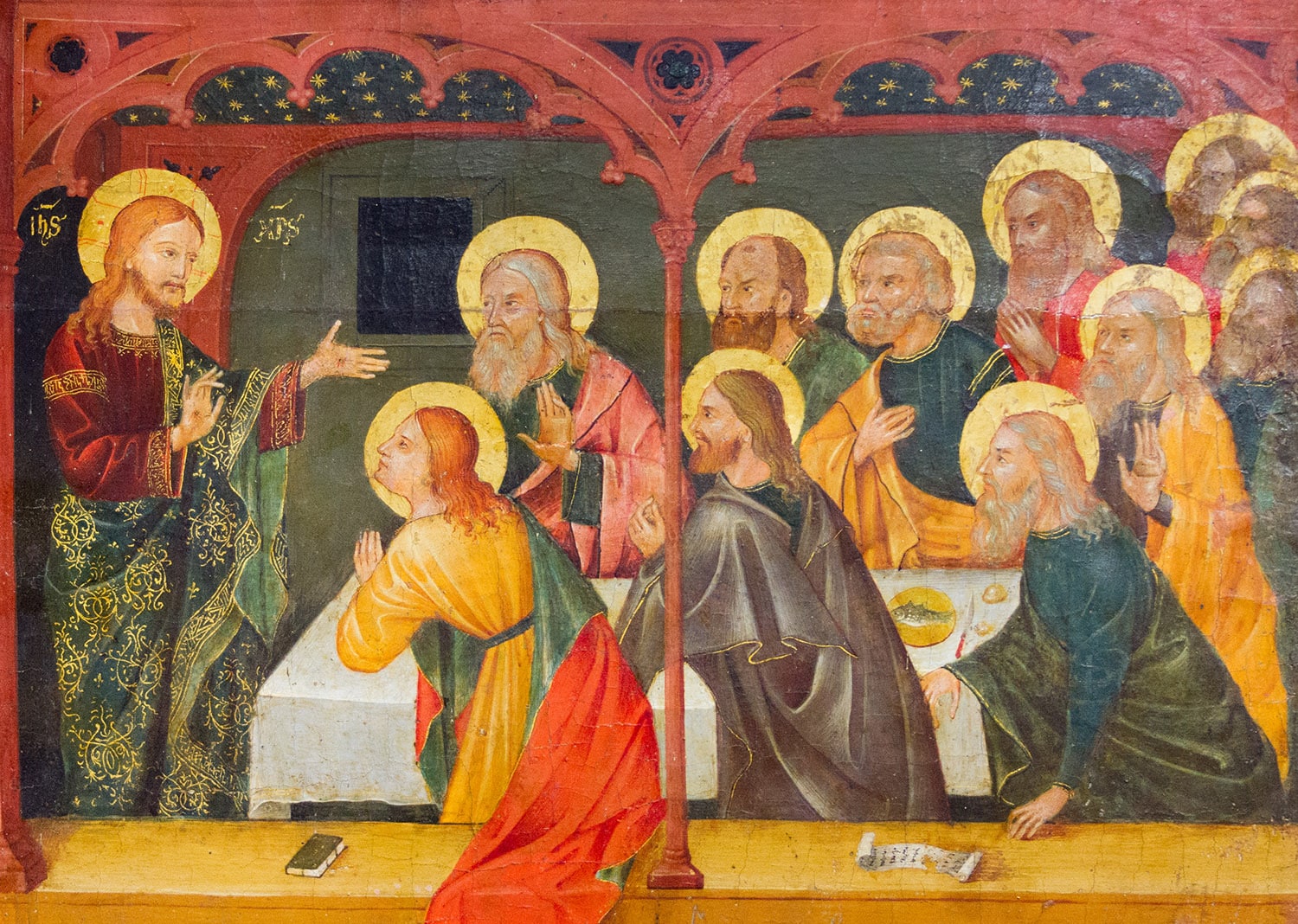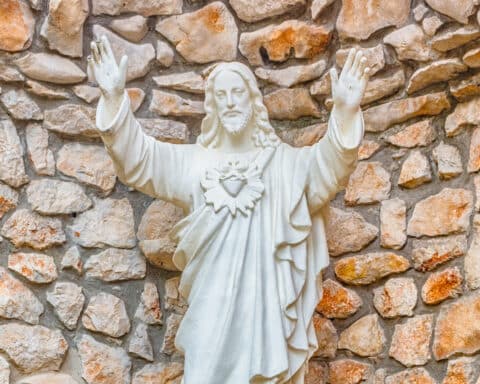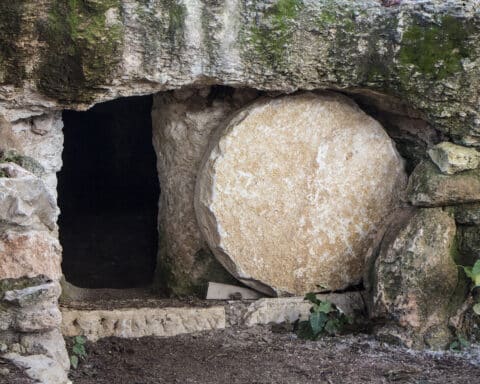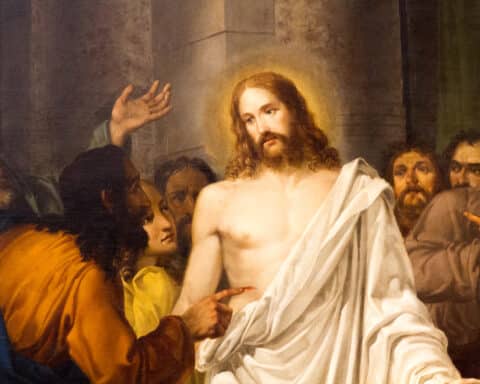There are no two ways about it: Those first days after the resurrection of Jesus were disorienting and strange.
From the fright of the empty tomb to the upper room and the wounds they saw and the words of peace they heard; from that incident at the inn on the Emmaus road to this Sunday’s story about Jesus eating baked fish, Luke captures it when he says that the disciples were “incredulous for joy and were amazed” (Lk 24:41). That must’ve been the general feel of things among Jesus’ followers. Amazed, overjoyed to see him. But none of what they were seeing and hearing was normal.
Who would’ve played any of this cool? They saw him die, but now here he is having a bite to eat. No wonder some thought they were seeing a ghost; it was all so odd that that was the most reasonable speculation, that it was a ghost. That first Easter was so weird. All of it was completely discombobulating. The stories we hear during the Easter season again and again remind us of that.
And it’s good to remember that fact, that our faith begins so strangely. It’s interesting the Gospel writers even told such stories, that they didn’t try to tell the story of Jesus in a more tame or thoroughly rational way. Why didn’t they write their Gospels as calm philosophies? Why tell us these wild stories? Many, in the past, have tried to tame these stories, separate what they considered the Gospel’s truthful substance from the miraculous and incredible. Some even still try to do this today.
Incredible beginning of our faith
But that’s not what the Gospel writers did. They gave us these strange stories, too incredible for many. What are we to make of that? How should we believe? Should we banish the miraculous and put brackets around what we consider too strange? What are we to make of the wild incredible beginnings of our faith?
| April 14 – Third Sunday of Easter |
|---|
|
Acts 3:13-15, 17-19 Ps 4:2, 4, 7-8, 9; 1 Jn 2:1-5 Lk 24:35-48 |
Here we should take note how liturgical this story is. It’s kind of biblical and Eucharistic, isn’t it? It’s kind of like the Mass. These stories were told and woven within the earliest Christians’ experience of the Eucharist. These stories were told around our earliest altars. Which offers, I suggest, a clue about what to do with this wild faith, about how and where we should begin to understand.
And that’s in the celebration of Eucharist. “Then he opened their minds to understand the Scriptures” (Lk 24:45). This took place within the context of food and the word of God. You see what I mean? If we want our minds opened to understand, we must put ourselves there just as the disciples were there — around the table. Incredulous for joy? Who wouldn’t be? If you weren’t a little incredulous for joy, you might not be paying attention. Still, you should put yourself there, for only around the altar does the miracle of understanding happen.
Meditating on the road to Emmaus, when the disciples recognized Jesus in the breaking of the bread, Pope St. John Paul II writes, “Amid the shadows of the passing day and the darkness that clouded their spirit, the Wayfarer brought a ray of light which rekindled their hope and led their hearts to yearn for the fullness of light.” The light of Christ is a burst of joy, an eruption of the goodness of God, spilled forth in the Eucharist. It is supernatural and glorious.
How to make sense of the wild, miraculous nature of our faith? Should we tame it? Make it merely philosophy? Naturalize it? No. Rather, we should beg the Lord of the Eucharist to open our minds. This is where Easter becomes real for us: in the grace that changes us, strange and miraculous as it is.





